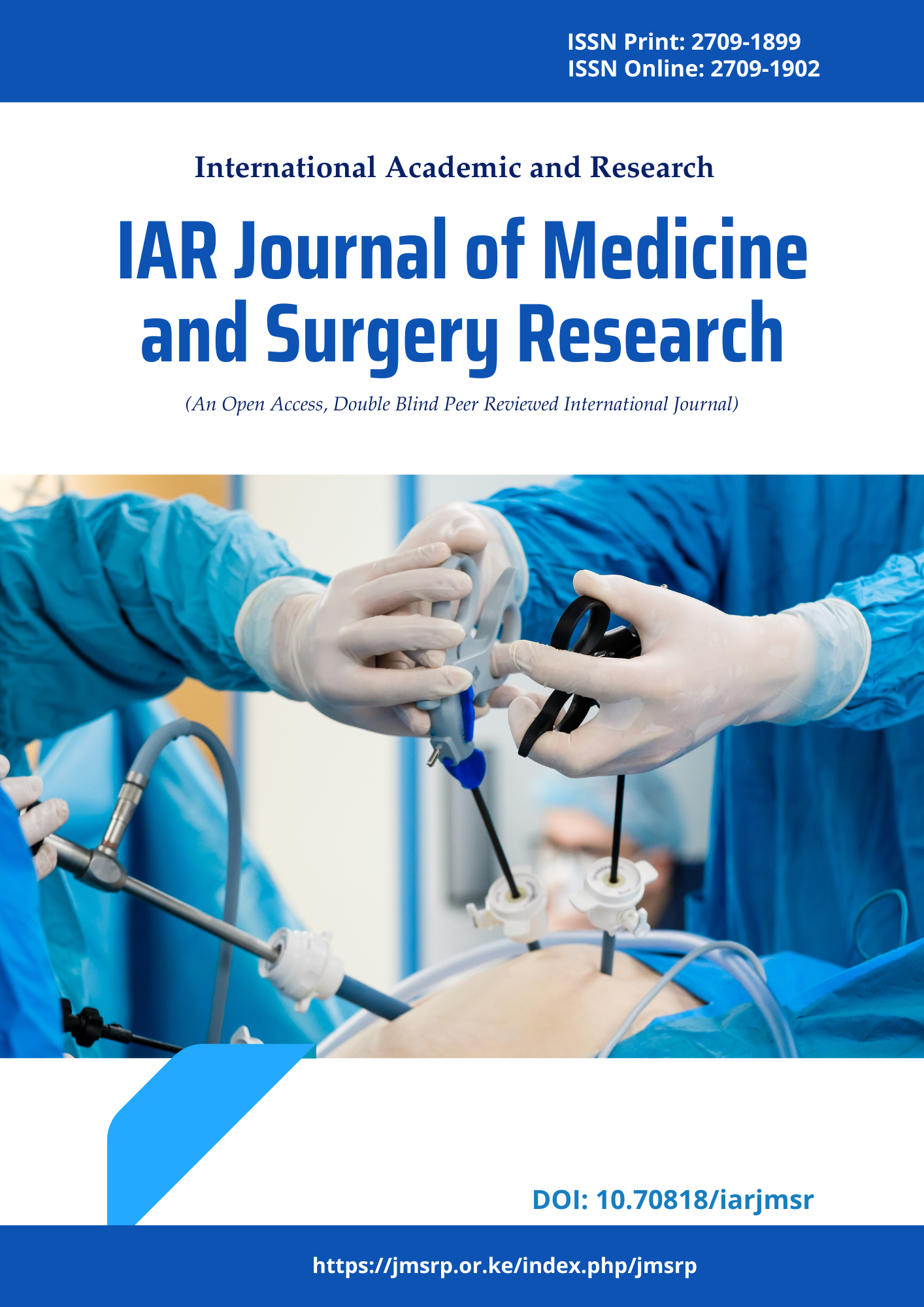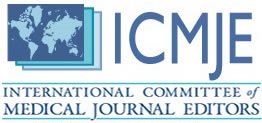Hemorrhoids: Incidence & Risk Factors in a Corporate Hospital ofEastern India
DOI:
https://doi.org/10.47310/iarjmsr.2021.V02i01.05Keywords:
Haemorrhoids; clinical study; Risk factors.Abstract
Background: Hemorrhoids are the most common benign anorectal disorder diagnosed in surgical practice. Commonly associated risk factors of this condition are low fiber diet, chronic irregular boel habit, straining during defecation, pregnancy, sedentary lifestyle, obesity etc. Treatment options for symptomatic first-degree, second degree and early third-degree hemorrhoids are banding and sclerotherapy. Patients with fourth-degree or abnormally large third-degree hemorrhoids is usually surgery. Methods: This prospective study was conducted in the department of surgery at The Peerless Hospital & B.K.ROY Research Center, Kolkata INDIA on cases of Haemorrhoids over two year’s period from January 2018 to December 2019. 540 adult patients with diagnosis of hemorrhoids, admitted in surgery department were included in this study. All the demographic data and relevant details were obtained. Results: Most of the patients (48.1%) belongs to the younger age (15-30 years). 63.8% were male patients and 36.2% were female patients. Patients with lower socioeconomic status were the most common sufferers (37.2%) of hemorrhoids. Commonest symptom was rectal bleeding. Present study found risk factors for hemorrhoids were low fiber diet, mixed diet, poor hydration, and chronic irregular bowel habit like constipation or diarrhea, straining during the defecation, low physical activity and obesity. Sclerotherapy (17.8%) and rubber band ligation (4.1%) were non operative treatment of choice. Open hemorrhoidectomy were performed in 73.1 % and stapled hemorrhoidopexy in 5 %. Conclusion: This clinical study of hemorrhoidal disease in this region may help to better understand the trends of this commonly occurring disease in our society. Proprer patient education to minimise the risk factor will lead to lowerin the incidence of this common disease and avoid associated morbidity.
















